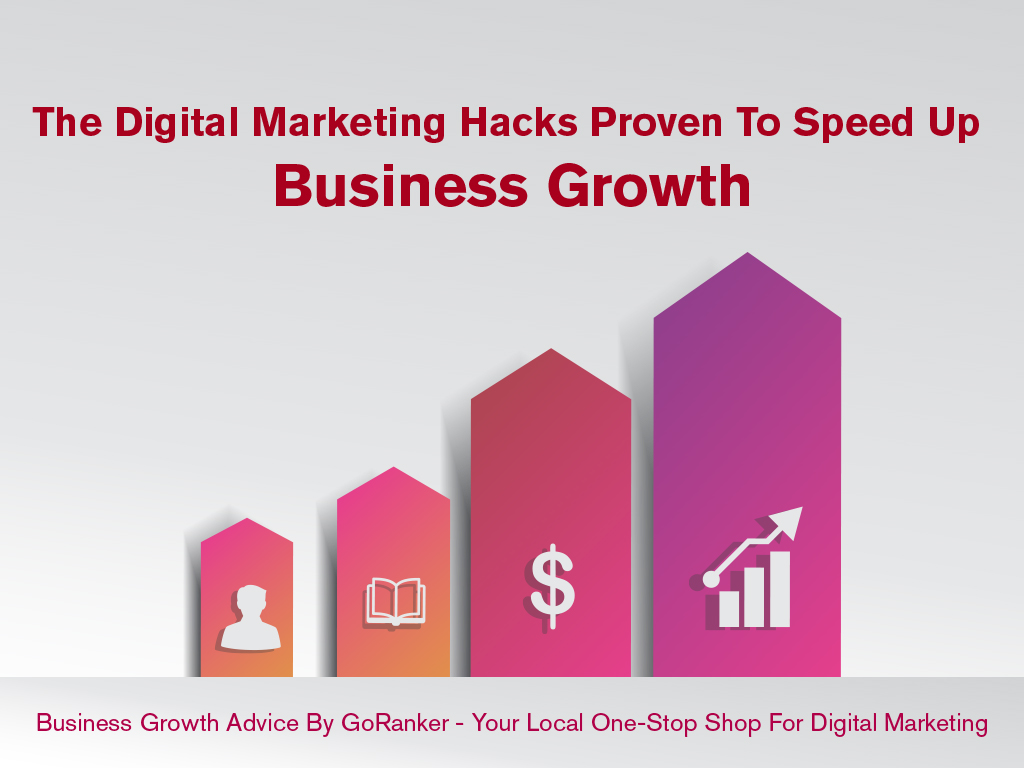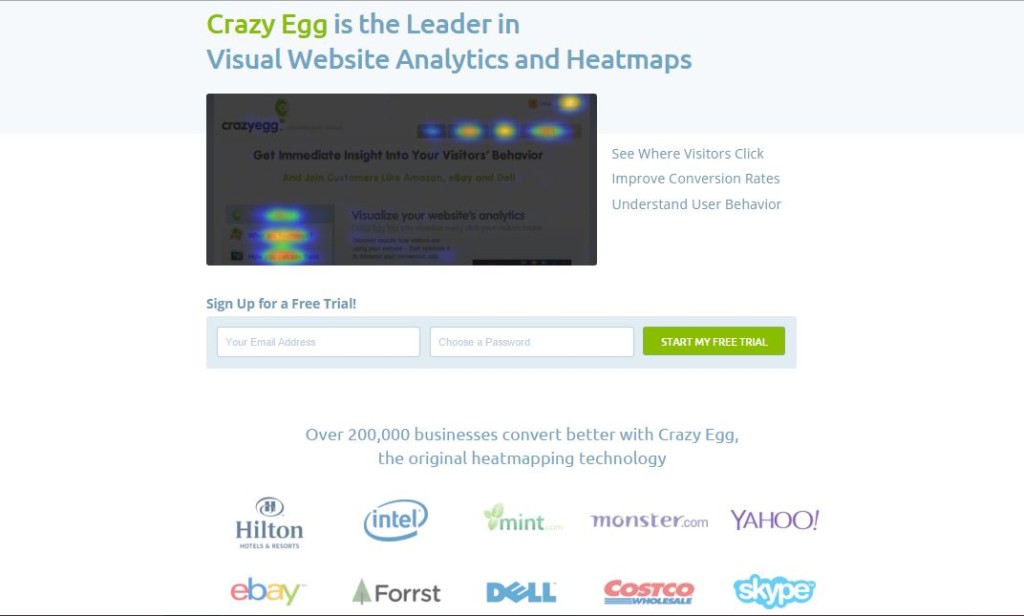
Controversial or not, the startup culture that has shaped so many businesses over the past few years is here to stay and so is its powerful ally: growth hacking.
Coined by Sean Ellis in 2010, growth hacking essentially means gearing up your new business venture for accelerated growth and success. How? The mechanisms and strategies differ from company to company, but we distilled a couple a of proven digital marketing hacks that can be successfully applied in most cases:
Hack Your Content
We know – there’s already a strong emphasis on content right now but that’s because content it’s imperative for a business’ success in 2015, and it will be so for a very long time. Look at Facebook: the platform has already shifted towards becoming a multimedia channel so that its users would find everything they’re interested in right there, in their newsfeeds: latest news, videos, music. Because great content attracts, compels and engages.
So what content hacks are there?
- killer headlines;
- magnetism. You read that right – magnetism – whether it’s a picture of a grumpy cat, a controversial point of view expressed in a comprehensive article, a smart infographic or an interesting video what they all have in common is the click-magnetism. And most of the times, this depends on the angle from which said contend is presented. Can you shift your angle from plain to plain awesomeness?
- authenticity. The Internet is well versed in the “Spot-The-Faker” game;
- emotional appeal;
- shareability;
- usefulness. This is what we believe to be the best feature. If it’s an article, make it insightful and detailed. If it’s an infographic, back it with the latest statistics and data. If it’s video, make it high-quality and professional. Nothing can beat quality in the long run, not even price!
Here’s how to achieve all these, courtesy of Upworthy.
Case study to behold
The team behind KISSmetrics, a company that offers web analytics tools, was able to generate 2,512,596 visitors and 41,142 backlinks from 47 infographics over the course of two years. Two years, you may ask? Yes. Content is a hard and diligent worker but it doesn’t perform overnight miracles. Statistics say that content needs between six months and a year and a half to generate substantial results.
The keywords here are consistency, quantity, and quality!
How is this applicable to YOUR business?
All products and services have a theoretical base and this means every single business has its own kind of information to work with. The key is how you use it!
Are you a bakery that makes delicious cupcakes? Prepare a few tasty samples, go out into your community, ask people to try it and photograph their reactions. Instant Instagram and Pinterest material.
Are you an appliance repair company? Make a video of your most challenging repair works. Or one that teaches homeowners how to take care of their appliances so they last longer- this one may sound counterproductive, but think of the bigger picture here: you’re showing people that you know your business and that you care!
Are you an online shop? Tell people why you believe in the products you sell. Make their features a story – visual or written.
Are you a startup with a great new product on the market? Spread it around and incentivize people to show others how they use it. Take a look at Sugru, the world’s first moldable glue, and their gallery of user generated content.
Hack Your Website
Wait, what? No, we are not suggesting to take your website hostage and make demands. It’s all about growth hacking here.
Here’s how:
- optimize your landing page to match the keywords your buyer persona is using;
- increase site speed as it directly impacts conversion rates;
- include visible, simple, and efficient Calls To Action;
- improves user experience by enabling effortless navigation and by implementing features that are easy to understand;
- use plugins for instant social sharing, newsletter subscriptions, social log-ins, anything that makes visitor-website interaction fast and smooth;
- make it friendly for new visitors: why not offer a quick tour explaining how everything works?
- include social proof – people look for reassurance as much as they look for solutions.
Case Study
When Neil Patel and his team optimized the homepage of Crazy Egg, a visual website analytics and heatmaps service, they used their own product to analyze and improve their layout.
The result: a simple but clever layout centered around its main features, concise but compelling sales pitch, simple call to action and brand logos:
This article is the first in a three-part series. You can read the second part here.




